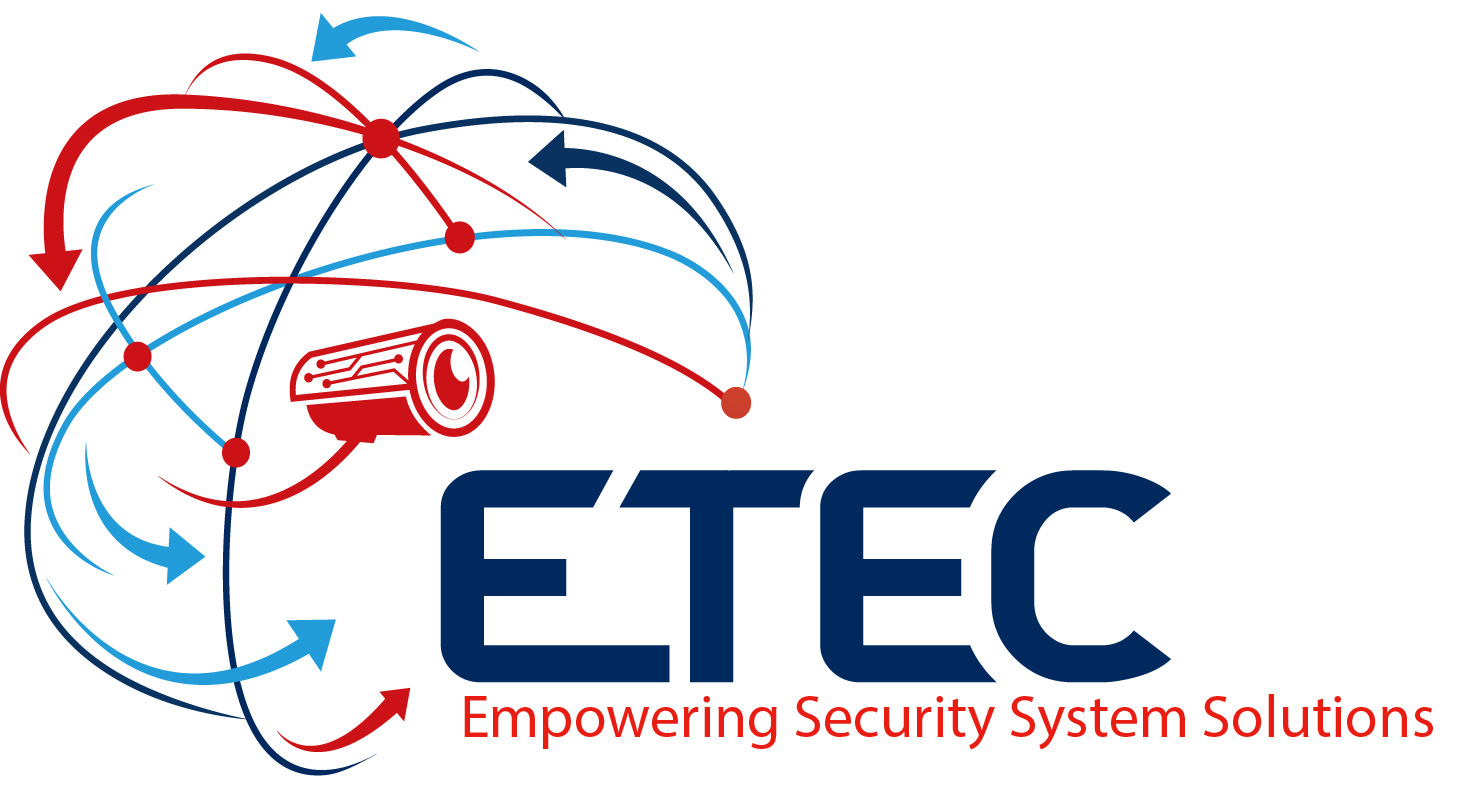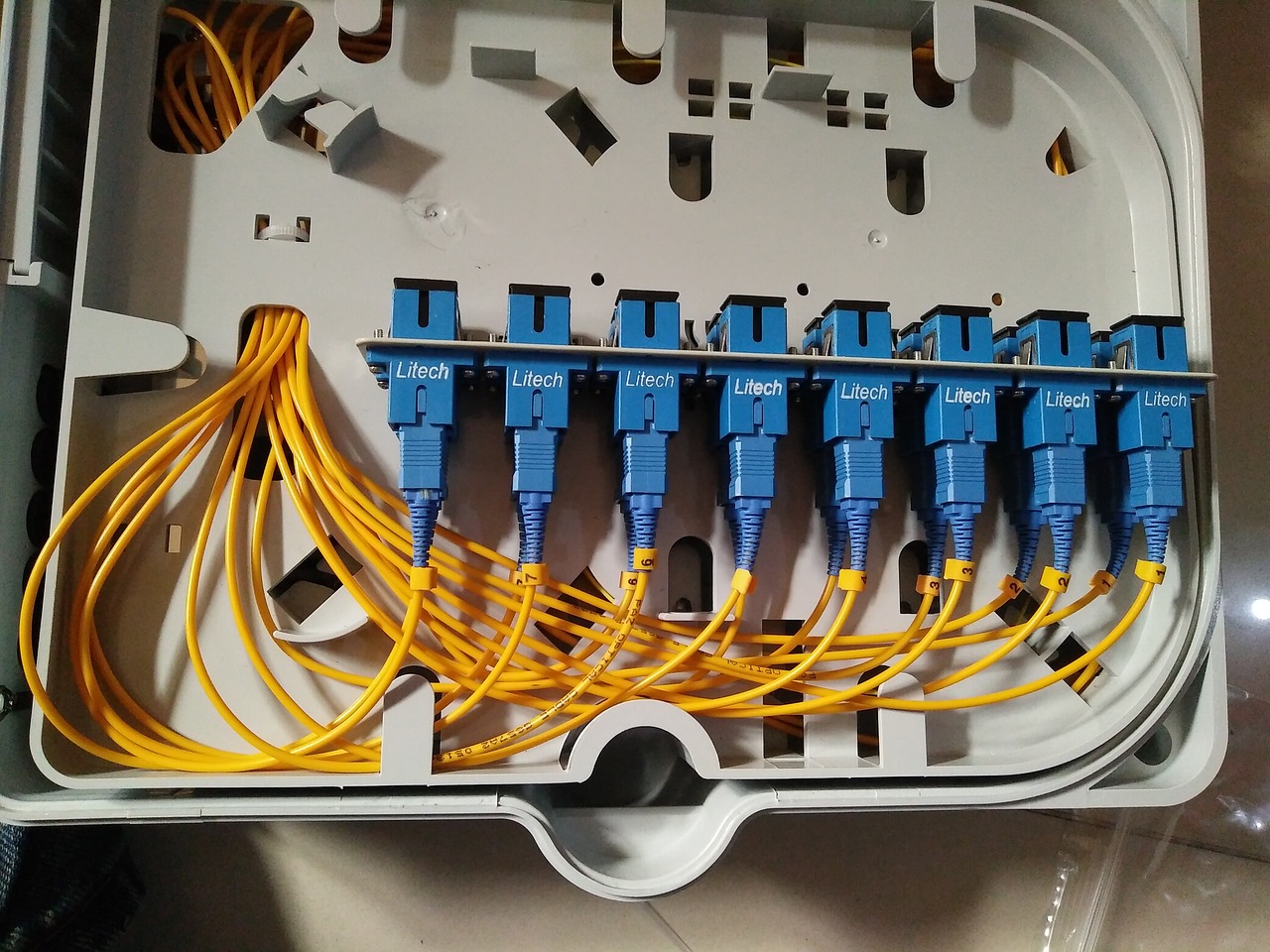Fiber optic cables are a cornerstone of modern communication technologies, enabling high-speed data transmission across vast distances with minimal loss. There are two primary types of fiber optic cables used in network applications: single-mode and multimode. Each type has distinct characteristics and is suited for different applications based on factors such as transmission distance, bandwidth requirements, and cost.
Single-Mode Fiber Optic Cables Single-mode fiber optic cables use a small diametric core that allows light to travel straight down the fiber without much reflection, which significantly reduces attenuation and allows it to carry signals over longer distances. Typically, the core diameter of a single-mode fiber is about 8 to 10 microns. This type of fiber is best suited for telecommunications, CATV, and long-haul network applications where long distance data transmission is crucial.
The light sources used with single-mode fibers are typically laser-based, which offers a high degree of signal integrity over long distances. Single-mode fibers can transmit data at rates of up to 100 Gbps over 100 kilometers or more, making them ideal for the backbone of large-scale telecommunications networks.
Multimode Fiber Optic Cables Multimode fiber, in contrast, has a much larger core diameter (typically between 50 to 62.5 microns) than single-mode fiber. This larger size allows multiple modes of light to propagate through the cable, which can lead to modal dispersion – a phenomenon where light rays travel in multiple paths and at different speeds. As a result, multimode fibers are generally used for shorter distances as the modal dispersion can lead to signal loss over long distances.
Multimode fibers are commonly employed in data center, LAN, and other short-haul network applications where high bandwidth and data transfer rates are needed over relatively short distances. They are less expensive to produce and to operate with than single-mode fibers, mainly because they work with less expensive LED-based light sources.
Applications and Considerations Choosing between single-mode and multimode fiber depends on several factors. For instance, for network applications that require high capacity data transmission over long distances without repeaters, single-mode is the preferred choice. It offers lower attenuation and higher bandwidth capabilities, but at a higher cost due both to the precision required in manufacturing and the need for more expensive laser-based light sources.
On the other hand, multimode fiber is suitable for shorter, more cost-sensitive applications such as within buildings or on campus environments. Its ability to use cheaper light sources and its ease of installation make it a popular choice for these applications.
Advancements and Future Outlook The world of fiber optics is constantly evolving with advances in technology. Innovations like the development of bend-insensitive fibers have greatly reduced the problems associated with bending and handling fibers, which is particularly beneficial for multimode fibers. Additionally, advancements in fiber optic technology continue to push the boundaries of data transmission rates and distances, particularly for single-mode fibers.
As data demands continue to grow with the expansion of the Internet of Things (IoT), 5G networks, and cloud computing, the importance of fiber optic technology only increases. The continuous improvement in fiber optic cable performance and the development of new technologies to better manage light transmission will play a crucial role in meeting these future data transmission needs.
In summary, fiber optic cables, both single-mode and multimode, are essential components of modern networks, providing the backbone for the vast data communication requirements of today’s digital world. Their selection and deployment in various applications hinge on understanding their distinct properties and the specific requirements of the network they are intended to serve.



1 thought on “Fiber optic cable!”
Hi, this is a comment.
To get started with moderating, editing, and deleting comments, please visit the Comments screen in the dashboard.
Commenter avatars come from Gravatar.
Comments are closed.